Hai Phong Staying at home to take care of her newborn baby, Ms. Nguyen Thi Ha learned how to sow rice seedlings in trays and gradually became a good farmer, with many initiatives to get rich from the fields.
Honored by the Central Committee of the Vietnam Farmers’ Union as one of the 100 outstanding farmers in 2023, Ms. Nguyen Thi Ha, 38 years old, said she was very happy that her efforts over the years have been recognized. Her initiatives have brought economic efficiency to thousands of farming households in the North.
Born into a farming family of nine siblings in Ninh Giang District, Hai Duong Province, Ha decided to take the entrance exam to the Vietnam Agricultural Academy with the hope of using her knowledge to change the way of farming. However, her mother died early and her family became increasingly poor, so Ha had to drop out of school in her second year.
After two years in the capital working as a maid and babysitter, in 2009, Ms. Ha returned to her hometown to work as a factory worker and married her high school friend who was a border guard. Pitying the young couple's cramped living conditions, a relative lent Ms. Ha a house in Truong Son town, An Lao district, Hai Phong city.
When her first child was born, her husband went to Korea to study, so Ha was busy so she quit her job as a factory worker. During her time as a stay-at-home mom, remembering her time as an agricultural student, she occasionally went on Youtube to watch videos about how the Japanese farmed, and accidentally saw how they sowed rice seedlings in trays, an effective method that the North did not have.
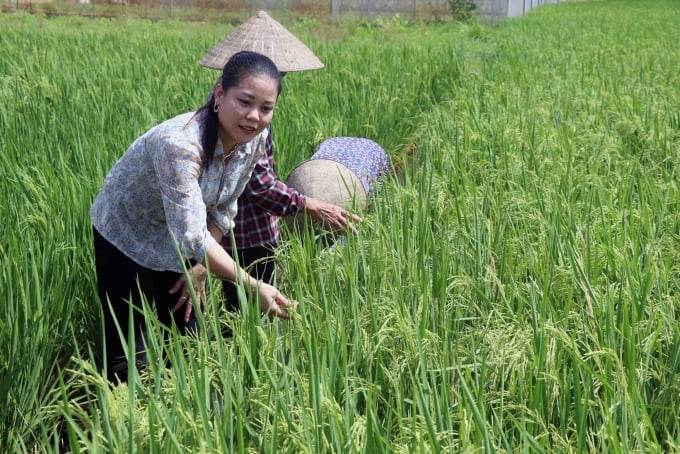
Ms. Nguyen Thi Ha, top 100 outstanding Vietnamese farmers in 2023. Photo: NVCC
Intending to develop a new farming model, Ms. Ha bought seedling trays, asked for rice seeds, and downloaded soil to try. The first batch of seedlings planted on the trays failed, the plants did not take root. While having a headache looking for a solution, she heard that someone in Thanh Hoa had successfully done it, so the young mother sent her young child and backpack to learn.
"The key is to mix in some hilly soil and incubate for at least 6 months, until the egg is cooked after 30 minutes of burying it, then the soil meets the standards," said Ms. Ha. She brought some soil from Thanh Hoa that met the standards to sow rice seedlings and was successful.
Because her family had no fields, Ms. Ha hired a neighbor to plant 50 kg of rice per sao per crop. When the mother brought out the tray of seedlings to plant, the neighbors scolded her for being "crazy" because no one had ever done it like her. However, when they saw the rice plants growing well, less fertilizer, and large, shiny grains, they began to believe and asked how to do it.
Ms. Ha analyzed that if sowing rice seedlings in the field or yard, it takes 2-2.5 kg of rice seeds for a 360 m2 field; if sowing rice seedlings in trays, it only costs 1-1.5 kg. The rice seedlings in trays quickly take root, grow strong branches, can be transplanted by hand or machine, convenient for care, the field is also airy, less susceptible to pests and diseases. Combining sowing rice seedlings in trays and transplanting by machine will reduce costs by 30-40%, increase productivity by 10-12% compared to traditional methods.
From the initial 5 sao of rented rice fields, in the following season, Ms. Ha reported to the commune authorities and joined hands with other households to expand the tray planting model. At first, some households saw that the fields were too open and arbitrarily took out the seedlings from the trays to plant more. "It was only necessary to have 8 trays of seedlings for one sao, but people spent up to 13 trays. I lost 115 million VND in that crop season," Ms. Ha recalled.
Despite the loss, the farming efficiency from planting rice seedlings in trays was still good, so Ms. Ha began to become famous. Many households came to cooperate. Learning from the previous crop, she signed a clear contract, committed to the development of the rice plants, but people were not allowed to arbitrarily change the care techniques. By 2014, she had a solid position when implementing the model of planting rice seedlings in trays on 60 hectares in Hai Phong.
While the rice was growing, a disaster struck. At the end of 2014, thousands of trays of seedlings were taking root, the nylon roofs had been removed and they were about to be taken out to the fields when they encountered acid rain and sudden cold air. In just a few days, the green seedlings turned yellow like straw.
"I was shocked, the loss of nearly one billion VND was inevitable, but what was more worrying was losing the trust of the people. The thought of running away was already in my mind at that time," Ms. Ha shared.
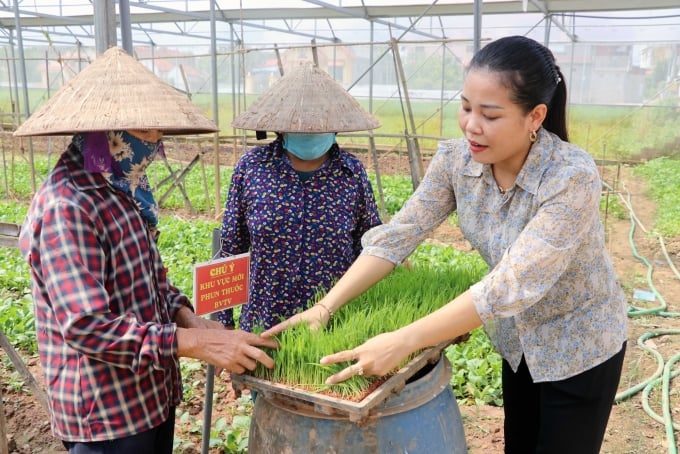
Ms. Ha instructs technical staff on sowing trays of seedlings. Photo: NVCC
Knowing that the seedlings could not be saved, Ms. Ha sought out three village chiefs to gather the villagers to discuss a solution. Previously, she had charged the villagers 450,000 VND/sao for hybrid rice, but now doing it again could not guarantee the planting time. She asked the villagers to do it again with short-term rice varieties, committed to ensuring progress and yield, and the cost was only 250,000 VND/sao.
Ms. Ha borrowed 500 million VND at interest to buy rice seeds, hire workers and machinery from Thanh Hoa to work quickly to meet the schedule. "At that time, my family was broke, my husband and I almost broke up," Ms. Ha recalled. The fields that Ms. Ha planted and cared for for the people had a good harvest that year.
Overcoming the great challenge, she expanded the tray planting model to Hai Phong, Thai Binh, Hai Duong. Not only providing services and guaranteeing output for more than 1,000 hectares of rice, she also accumulated about 100 hectares of abandoned land for her own cultivation.
In 2017, with the support of the Thuy Huong commune government, Ms. Ha established an agricultural cooperative, investing in purchasing 10 more transplanters, 2 harvesters, 2 seedling racks and 10,000 seedling trays. The cooperative is creating jobs for 45 regular workers and hundreds of seasonal workers.
In addition to agricultural services and product output for farmers, Ms. Ha mobilized a household to grow ST24 and ST25 rice in the field of rươi. Thanks to the application of science and technology and the use of organic fertilizers, both rươi and rice grew well, with rice yield reaching 80-90 kg/sao, and the price was 3 times higher than normal rice. In 2019, she brought rươi rice to participate in the OCOP program and was recognized as a 3-star product at the city level.
Currently, rice from the field is sold in stores and supermarkets in more than 20 provinces and cities, with an output of about 100 tons/year. In 2022, agricultural activities will bring Ms. Ha a revenue of about 2 billion VND per year, of which 40% is profit.
Commenting on Ms. Ha, Mr. Tran Quang Tuong, Chairman of the Farmers' Association of Hai Phong City, said that this woman has a strong passion for farming. She has actively contributed to building new rural areas, applying farming models for productivity, quality products, and bringing about outstanding economic efficiency.
Le Tan
Source link





![[Photo] Closing of the 11th Conference of the 13th Central Committee of the Communist Party of Vietnam](https://vstatic.vietnam.vn/vietnam/resource/IMAGE/2025/4/12/114b57fe6e9b4814a5ddfacf6dfe5b7f)

![[Photo] Overcoming all difficulties, speeding up construction progress of Hoa Binh Hydropower Plant Expansion Project](https://vstatic.vietnam.vn/vietnam/resource/IMAGE/2025/4/12/bff04b551e98484c84d74c8faa3526e0)
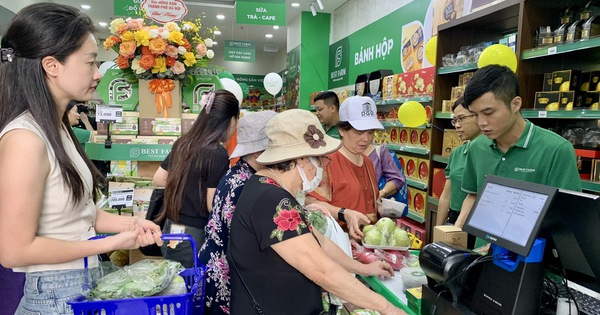

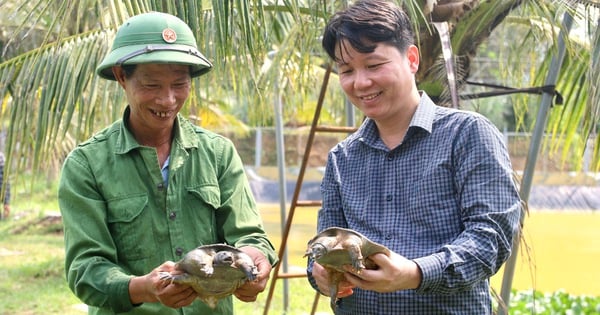
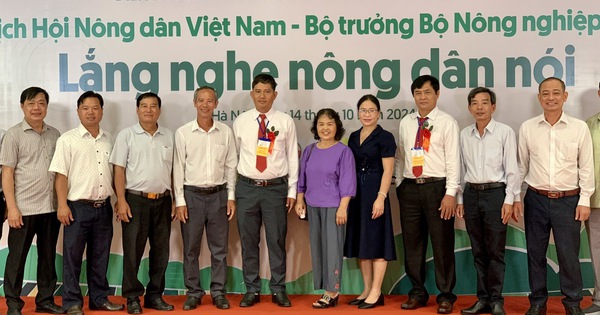
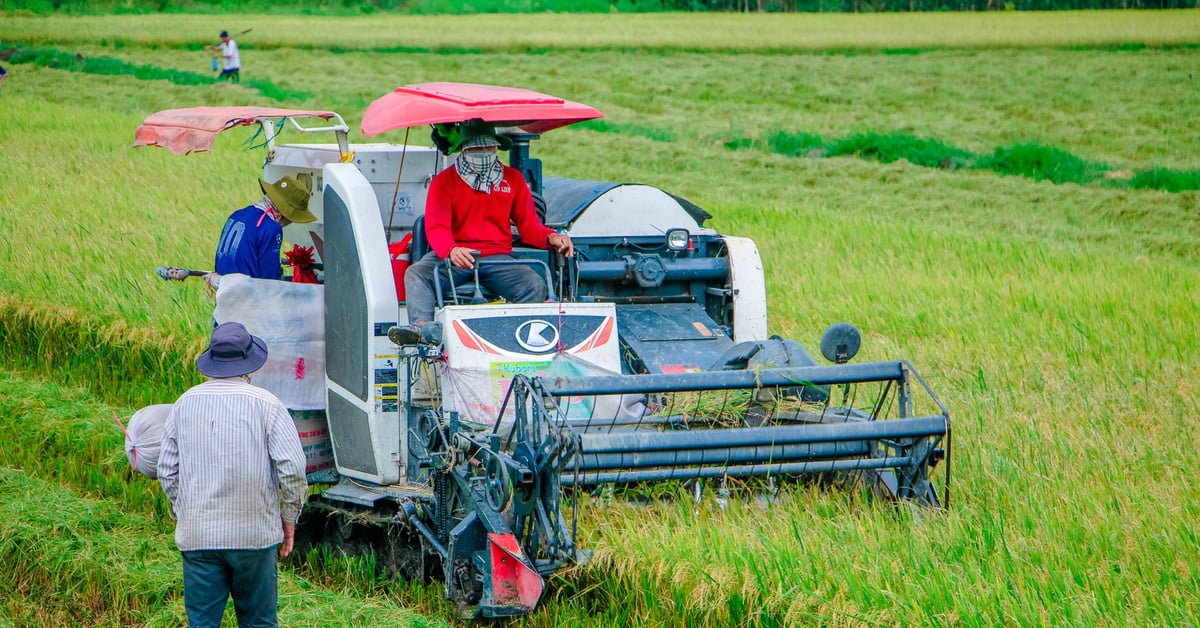

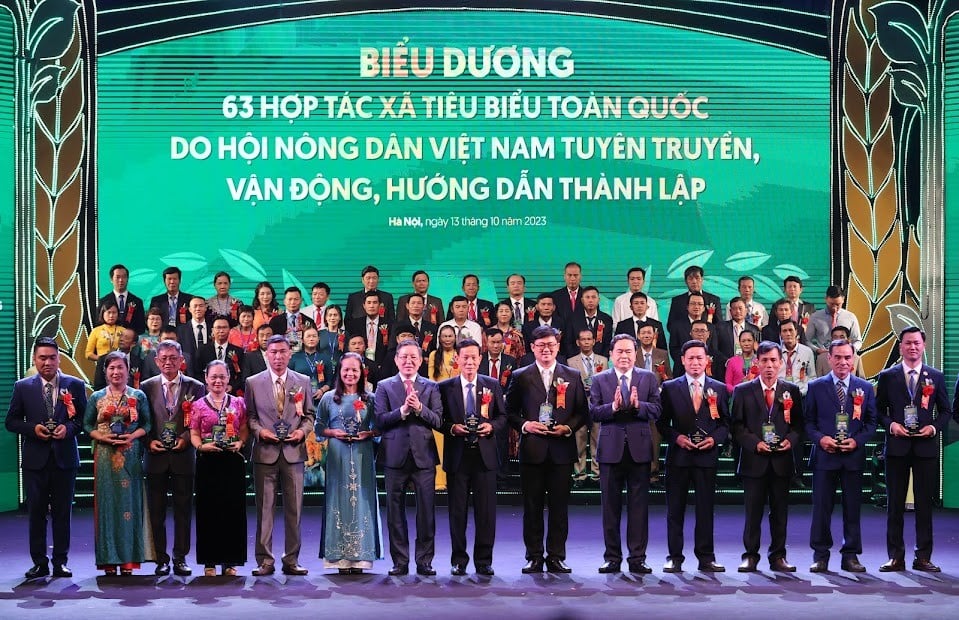



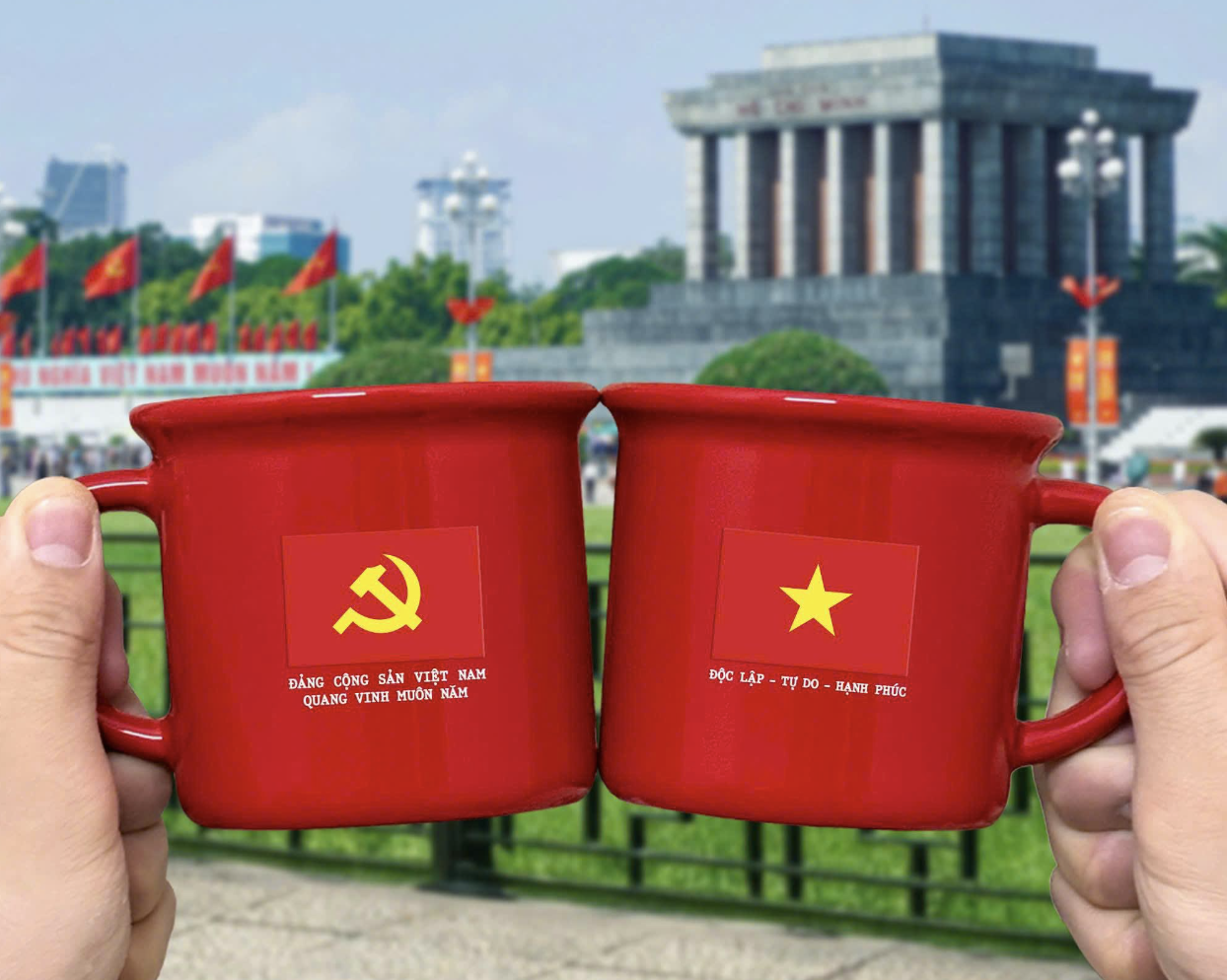

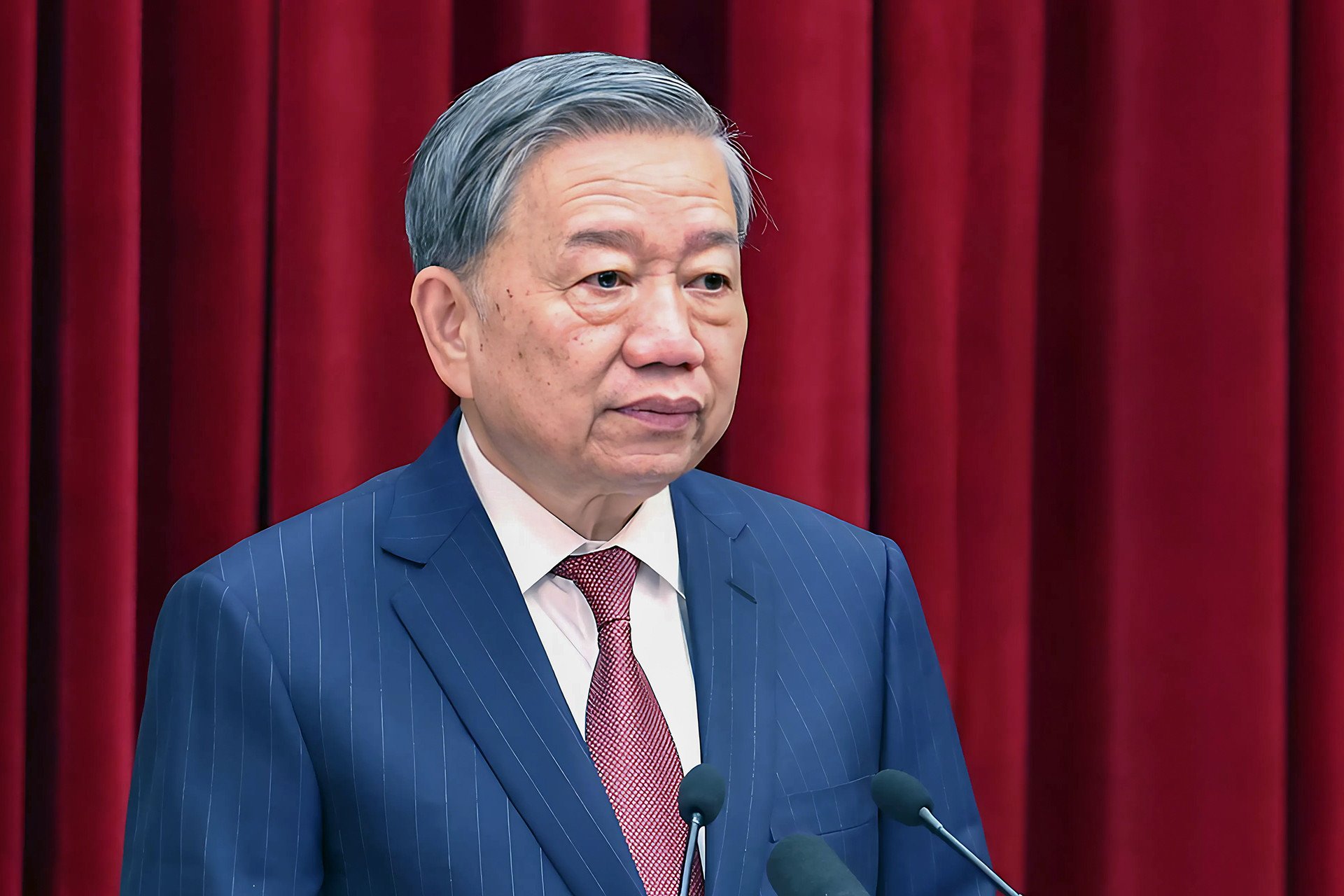
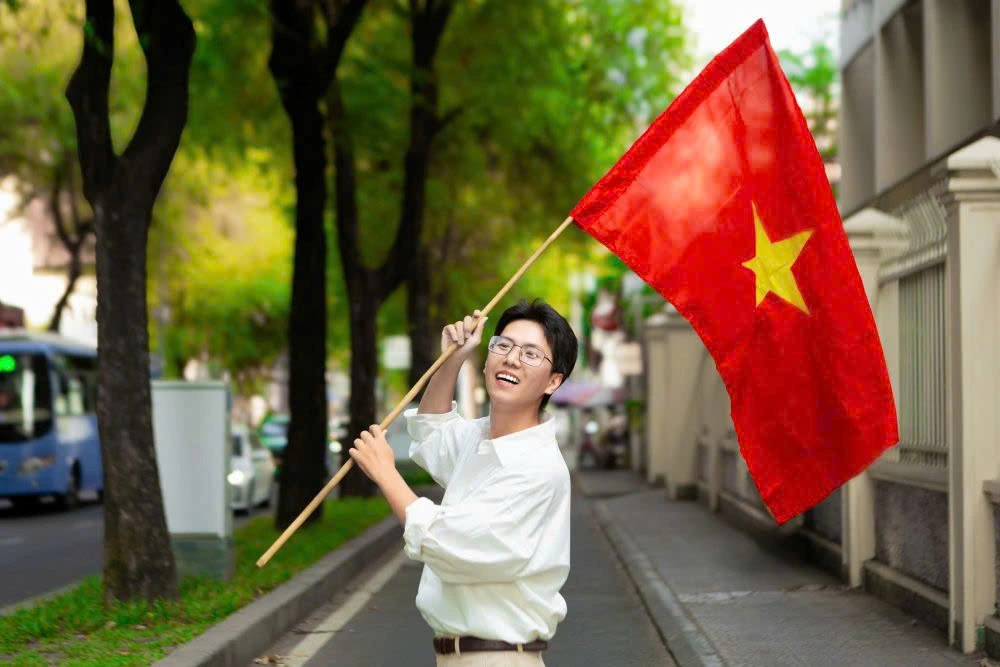
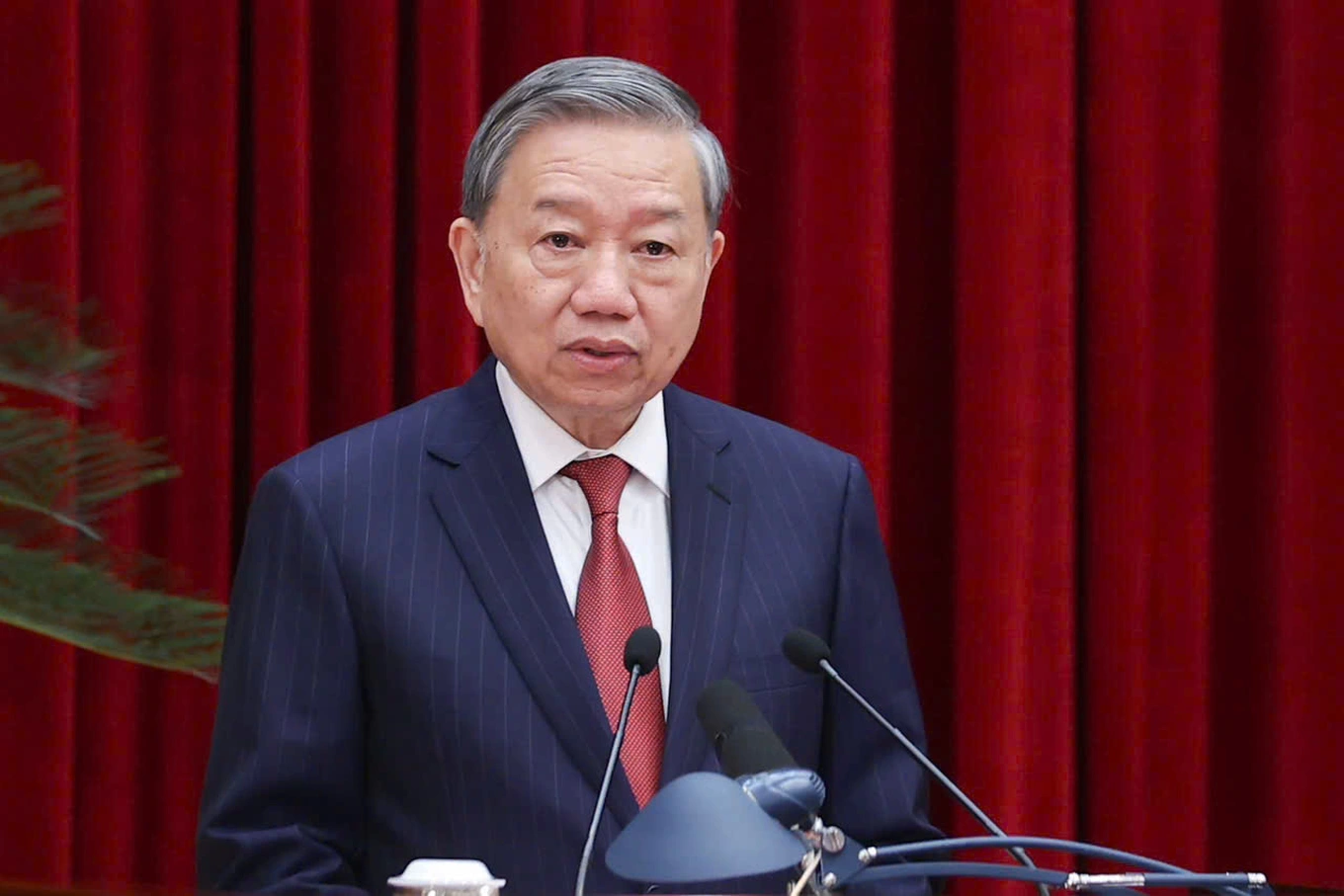
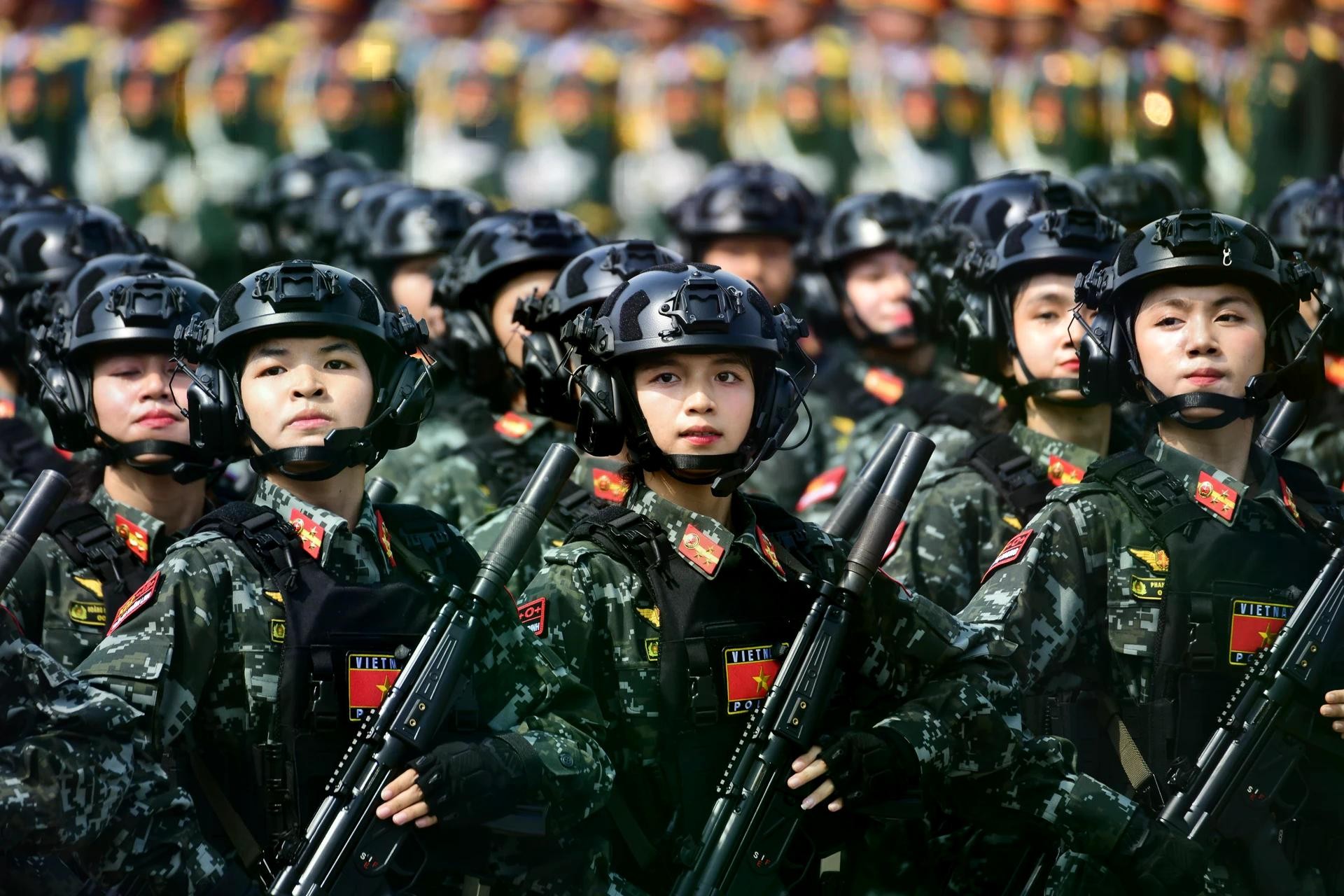





















































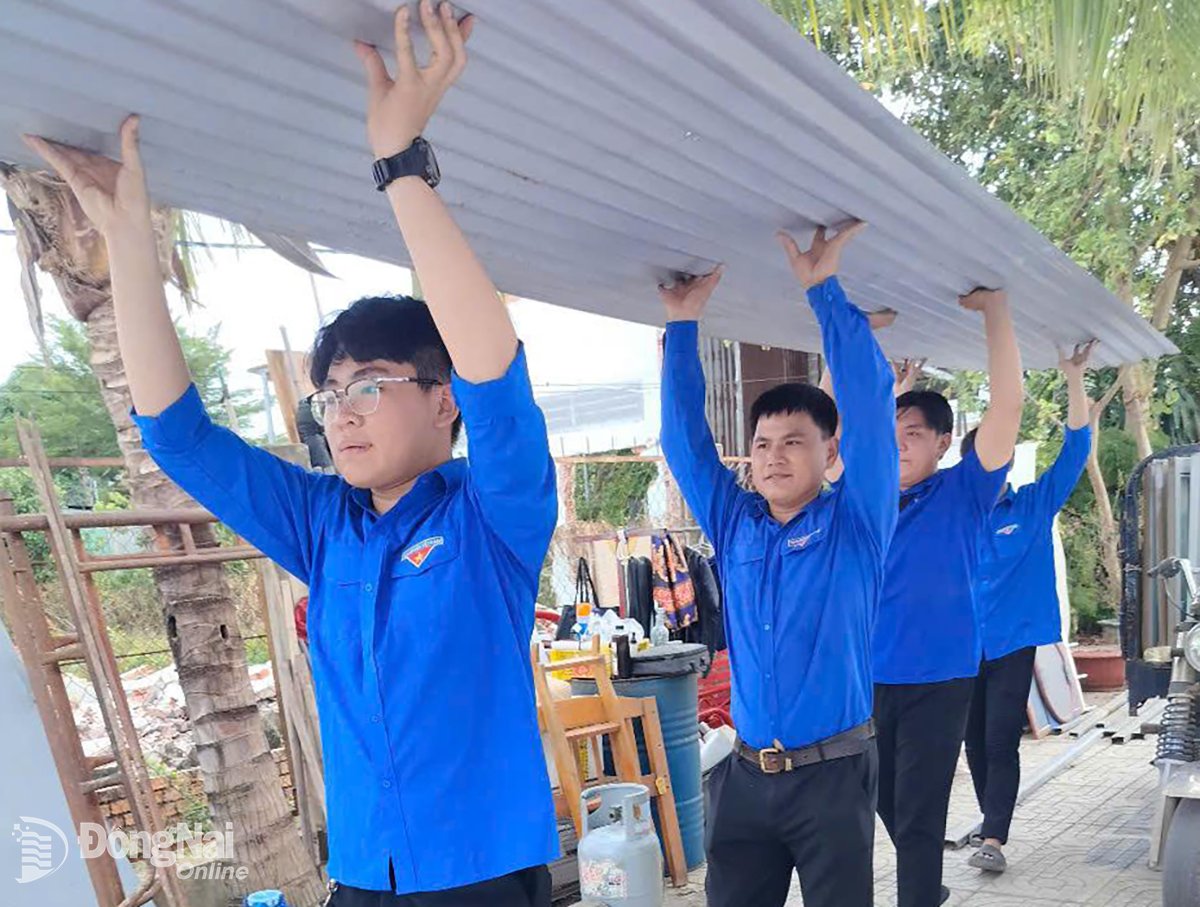

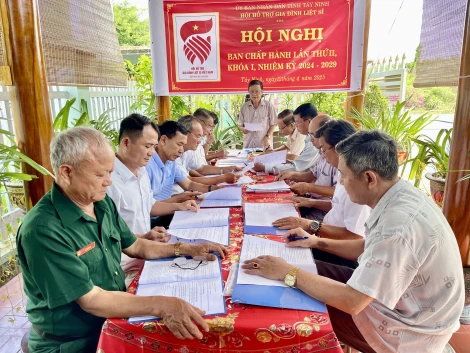



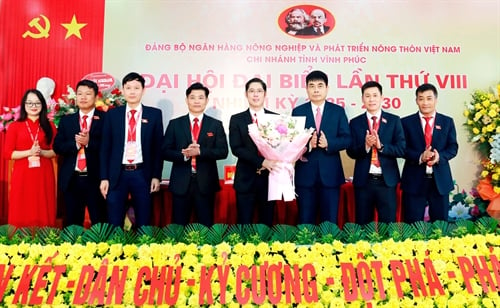
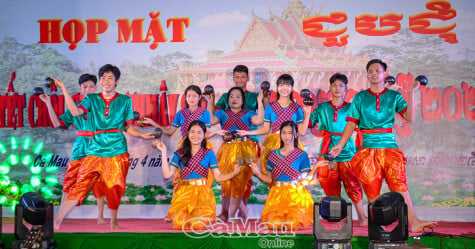











Comment (0)